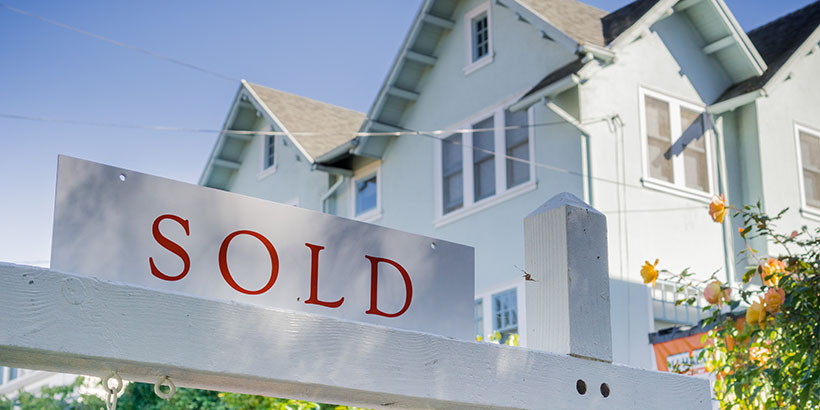Freddie Mac is a part of the secondary mortgage market, which connects lenders, homebuyers and investors from around the world in a single, efficient system that makes home possible for millions of America's families and renters.

The Creation of the Secondary Mortgage Market
The U.S. Congress created the secondary mortgage market in the 1930s to give lenders a bigger, steadier and more evenly distributed stream of mortgage money to stabilize the nation's residential mortgage markets and expand opportunities for homeownership and affordable rental housing.
To support America's secondary mortgage market, the U.S. Congress chartered Freddie Mac in 1970 to keep money flowing through the mortgage system, in good economic times and bad.
The Secondary Mortgage Market Cycle
The secondary mortgage market is a continuous cycle involving trillions of dollars moving around the world and global investors to local lenders, to borrowers across the country and back again.
Lender Sells Your Loan
When you take out a mortgage loan to buy a home, your lender can either hold the loan on its books or sell it.
By selling your loan, your lender replenishes its supply of mortgage funds, allowing it to make loans to more borrowers. Selling the loan also removes the risk the lender took on by making the loan.
For the rest of the steps in this example, let's say your lender sells your loan to Freddie Mac.
Investors Buy Shares of Pooled Mortgages
Freddie Mac pools the mortgages it buys, bundling similar types. It then sells shares of the pool to investors from around the world, such as
- Pension funds.
- Mutual funds.
- Insurance companies.
- Banks, including foreign central banks.
Investors are willing to buy these shares because Freddie Mac guarantees that they'll receive a steady stream of income over the life of the mortgages in the pool.You Make Mortgage Payments
When you make your mortgage payment each month, the bank that manages your loan, known as the servicer, sends the payment to Freddie Mac, which in this example owns your loan.
The servicer keeps a small portion of your payment in return for managing your mortgage.
If you rent your home, your monthly rent payment generally helps pay the mortgage on the property. And that mortgage payment then works its way through the secondary mortgage market system in the same way it would for a single-family home loan.
Investors Receive Income
Freddie Mac bundles your payment with other mortgage payments and sends them to investors. The amount of income investors will make is based on the principal amount and interest calculated on the mortgages.
Where Freddie Mac Gets the Money to Buy Mortgage Loans
Freddie Mac generates money to buy mortgages and finance rental housing by:
- Charging management and guarantee fees for accepting and managing the risks associated with the mortgages it buys.
- Selling bonds to investors around the world.
As part of the secondary mortgage market, Freddie Mac provides a stable, consistent source of mortgage funding and supports the U.S. housing market.
How the Secondary Mortgage Market Benefits Homebuyers
The secondary mortgage market benefits homebuyers in many ways, including:
- Keeping mortgage rates lower.
- Enabling interest rates for mortgage loans to be similar across the country, in good times and bad.
- Making mortgage loans with longer terms, such as 15 and 30 years, available to borrowers.
- Allowing borrowers to refinance at any time without penalty, in most cases.
In short, the secondary mortgage market puts homeownership in reach for more of America's qualified borrowers.
Last reviewed: October 02, 2025
My Home in your inbox
Sign up to receive resources, tools and tips about buying, owning, refinancing, selling and renting a home in your inbox.